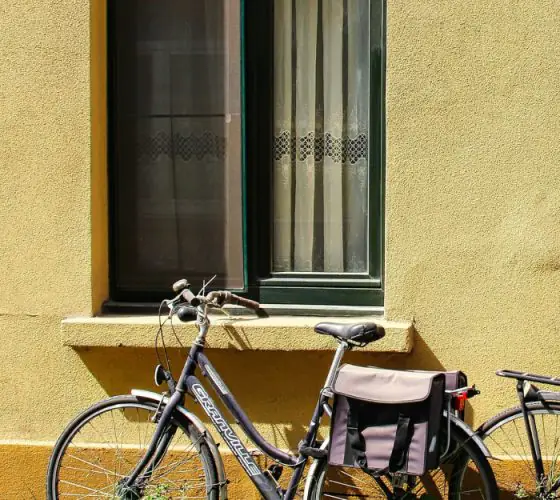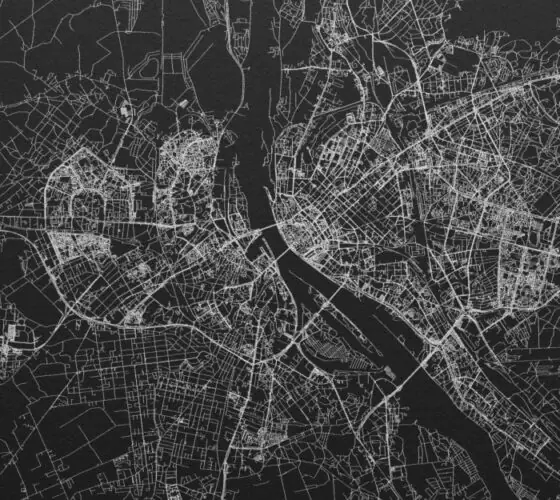
archdaily.com
Walkable, rich and vibrant urban spaces created by New Urbanists work better for the development of private businesses, increasing the activity of local communities, and improving the quality of life of their residents.
Human-scale design of New Urbanism’s cities is primarily expressed in the pedestrian-orientation of urban design solutions.

divisare.com
Pedestrian orientation involves the creation of convenient and safe pedestrian zones, sidewalks, pedestrian crossings and squares that allow people to move freely on foot and interact with each other.
The extent to which citizens find it convenient and safe to walk in a particular neighbourhood or city is called Walkability. This characteristic measures how easy it is for residents and visitors to get around without cars, using pedestrian pavements, crossings, pedestrian zones and other infrastructure elements.
Signs of high walkability:
- Wide and well-maintained pavements that allow for safe pedestrian movement.
- Pedestrian crossings and pedestrian traffic signals that allow pedestrians to cross roads safely.
- Close proximity to residential neighbourhoods, shops, institutions, public spaces and attractions, allowing residents and visitors to go without a car to complete daily activities and services.
- Green spaces and public spaces that make walking enjoyable and attractive.
- Absence of pedestrian obstacles, such as car parks or fences, which can inconvenience pedestrian traffic.
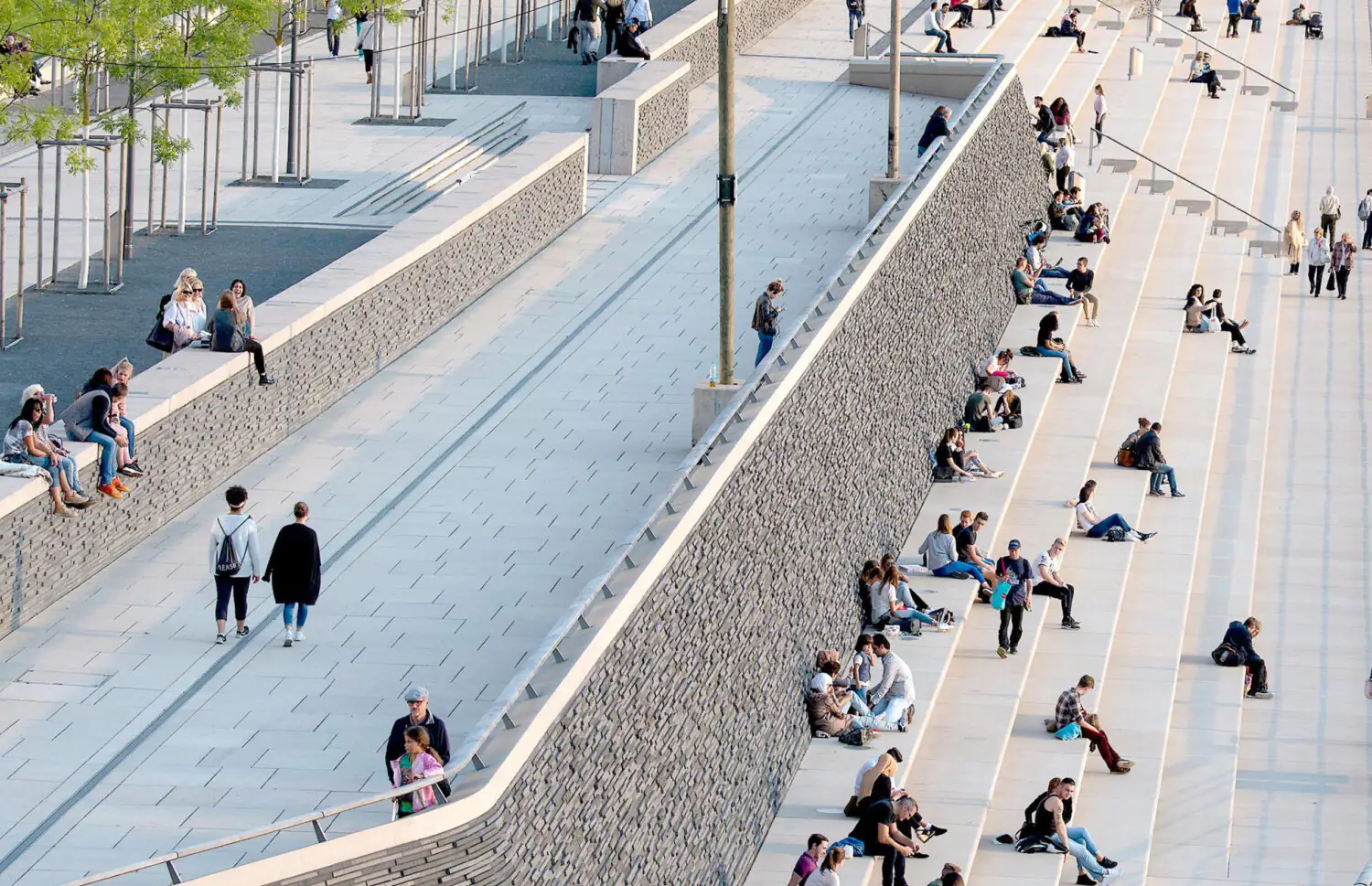
divisare.com
Walkability is an important aspect of urban planning as it promotes active lifestyles, improves public health and enhances social interaction in the city, reduces pollution by reducing emissions.
This parameter is directly linked to the concept of a 15-minute city, where residents have access to all necessary services and facilities within a 15-minute walk or short cycle or public transport ride from their home or work.
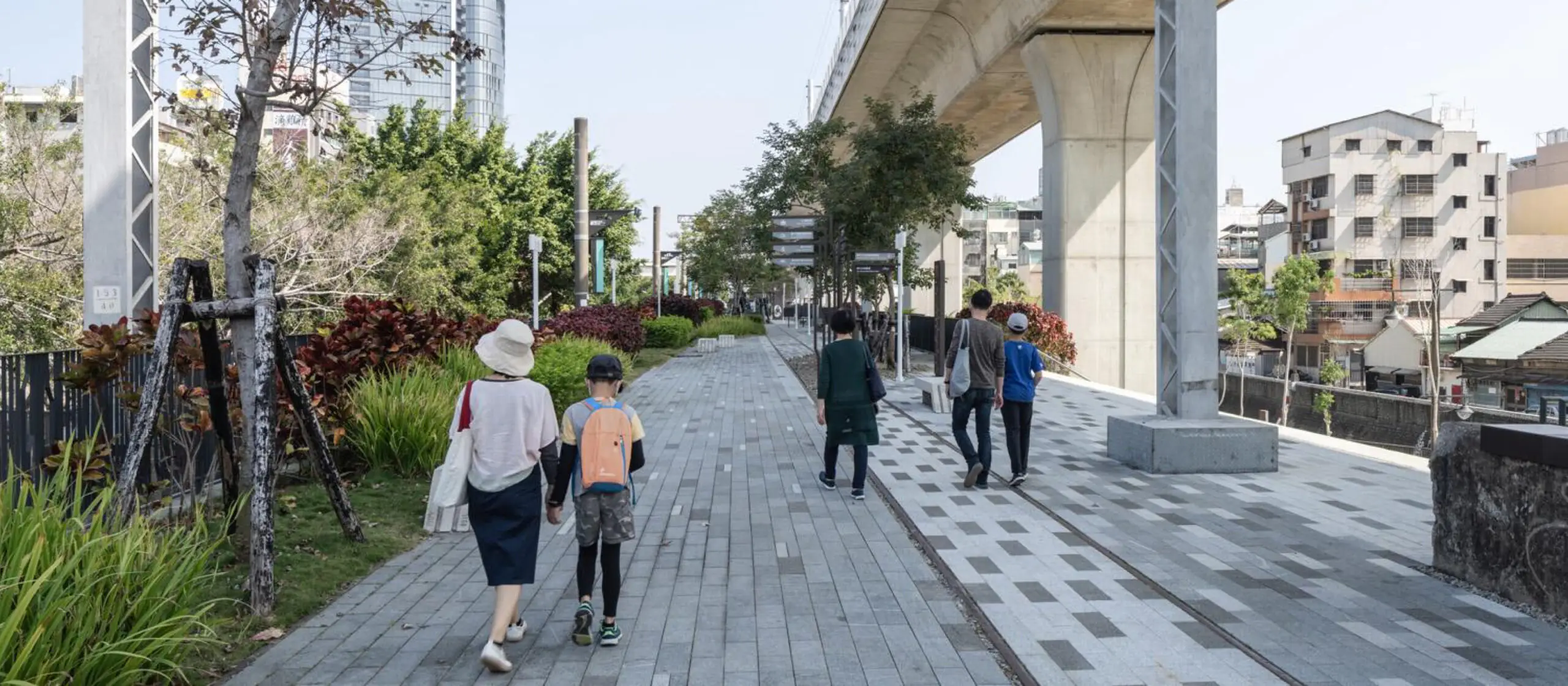
archdaily.com
Another important parameter in the context of urban design is the Permeability of the environment. This indicator is related not only to pedestrian activity but also to transport activity: it characterises the level of accessibility between different parts of the city and the possibility of free movement of pedestrians and transport between them.
Cities with high permeability usually have a well-developed network of streets and roads that provide direct and convenient access between different neighbourhoods, without the need for long and complicated detours.
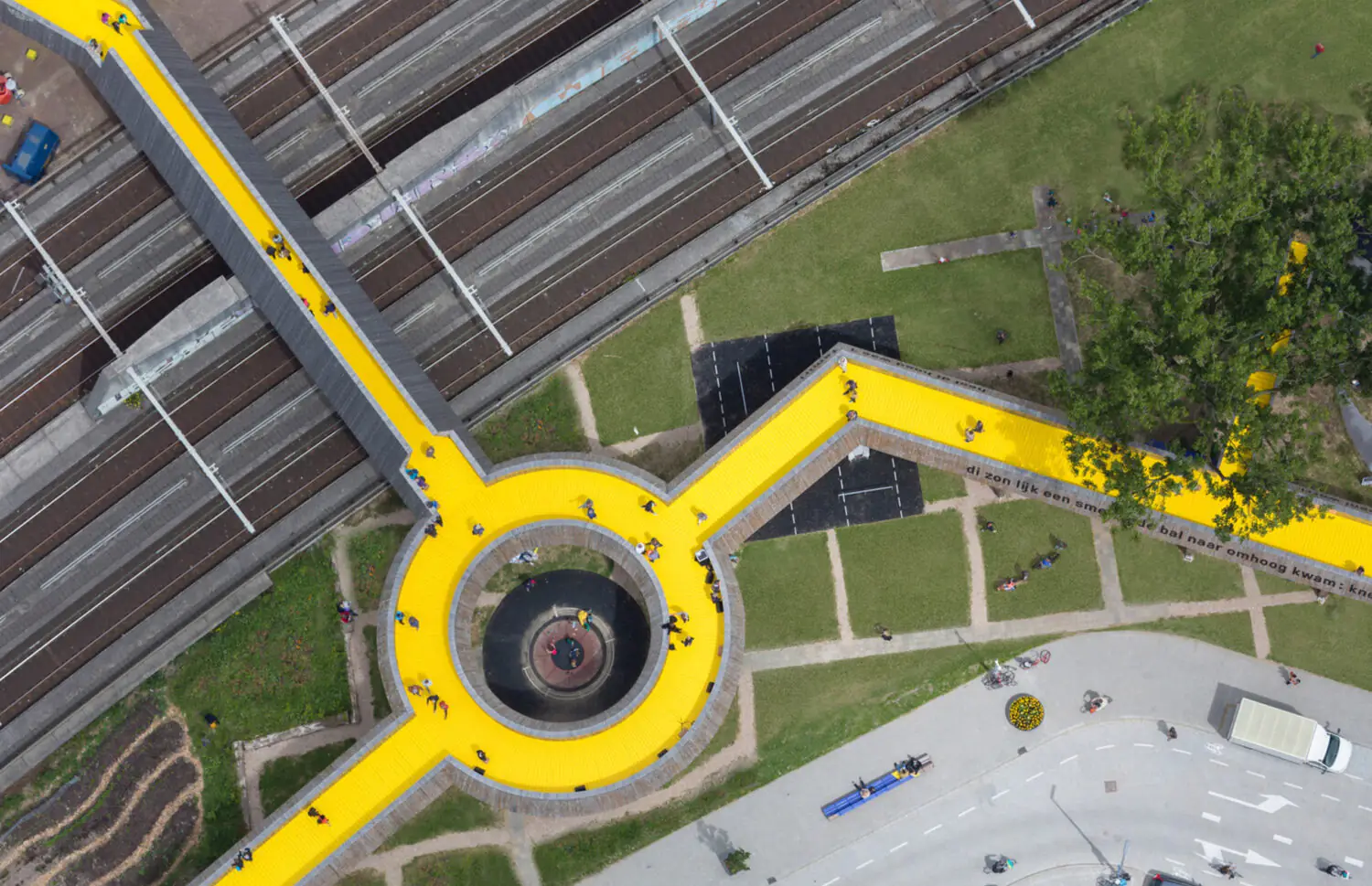
architecturaldigest.com
High permeability implies that there are many alternative routes and ways to get to a desired location. This can include easy access to public transport, cycle paths, pedestrian areas, and other modes of transportation.
Open and accessible pathways facilitate natural social interaction and strengthen community ties, and improve the efficiency and accessibility of urban services and facilities.
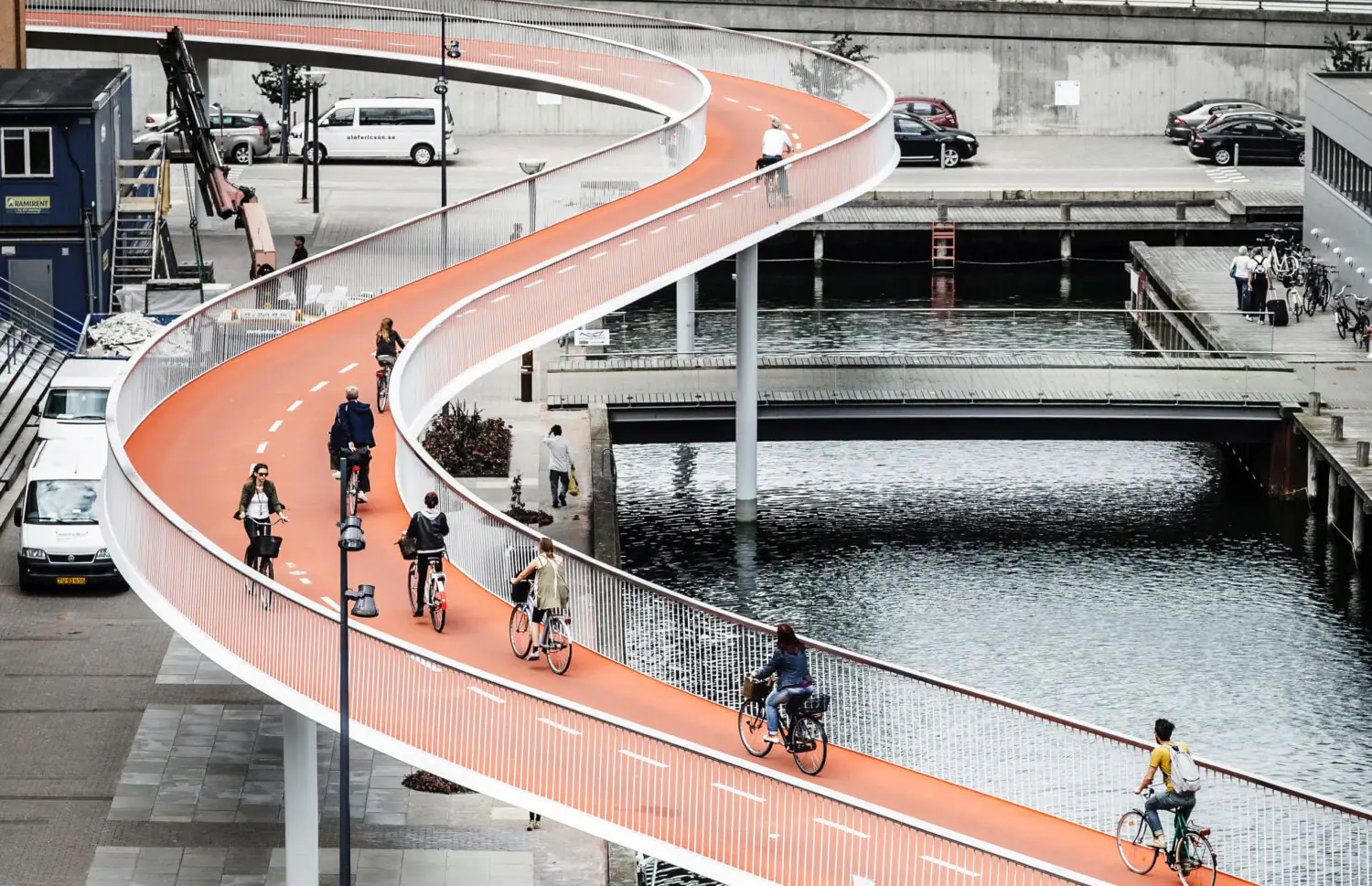
architecturaldigest.com
Cities with high levels of walkability and permeability become attractive places to live and stay, leading to improved quality of life for residents and attracting tourists.
Pedestrian walkability and permeability are important, but not the only parameters that allow assessing the quality of urban environment: as a rule, different ratings of comfortable cities are formed on the basis of a complex system of criteria that take into account the ratio of different urban areas, safety, provision of residents with services. However, in connection with pedestrian accessibility and permeability, London, New York, Paris, Hong Kong and Singapore are often mentioned as comfortable megacities.


